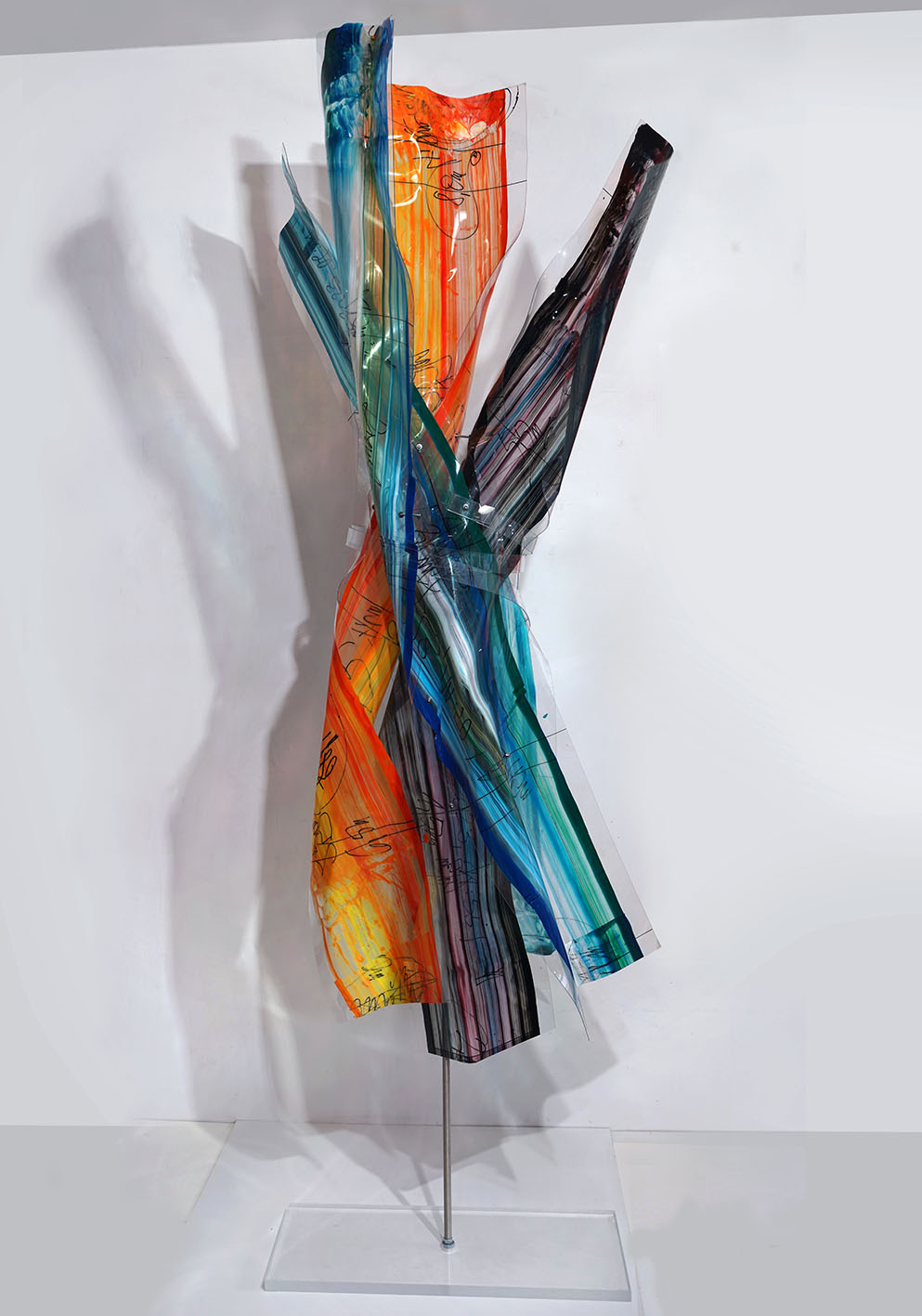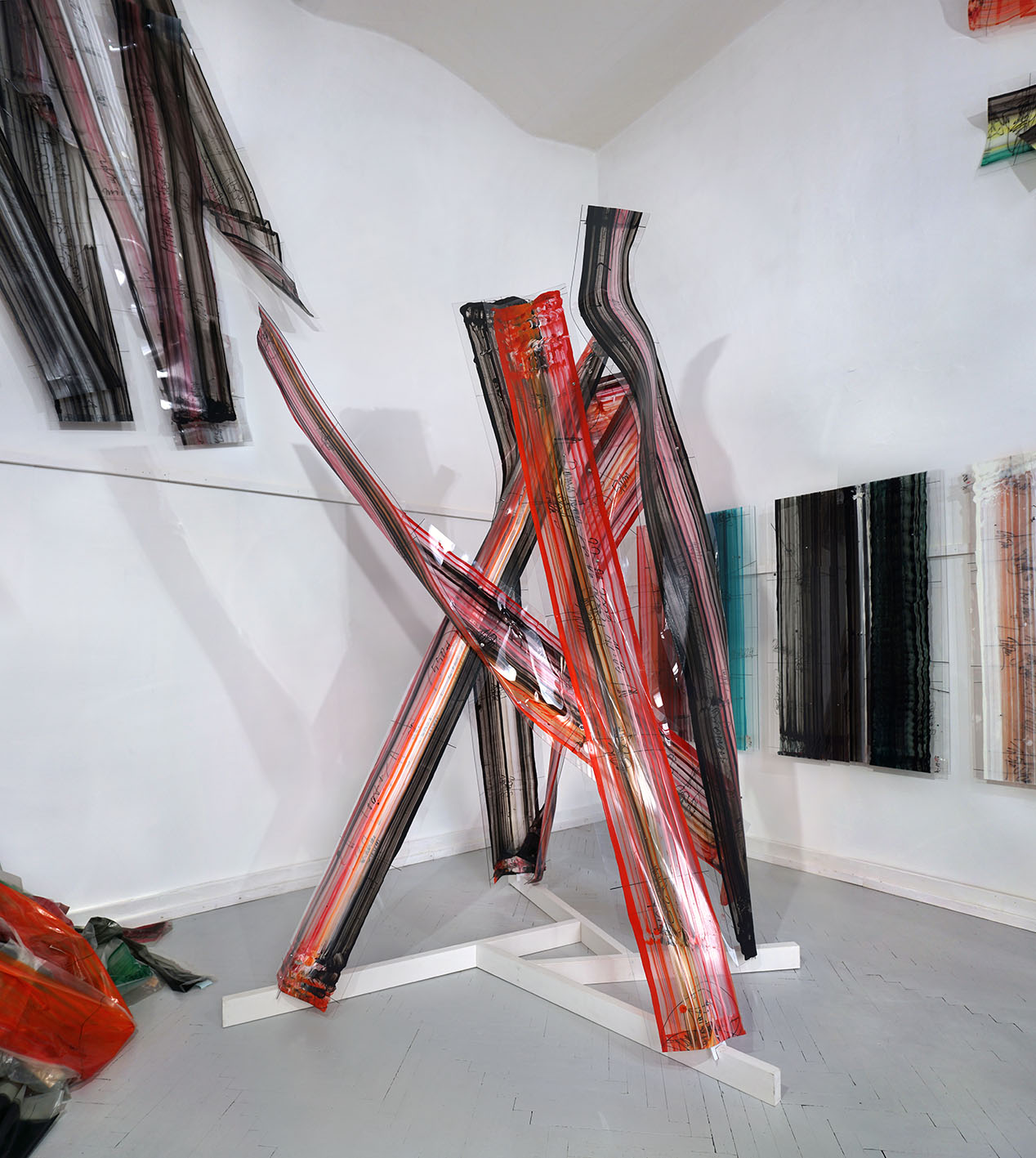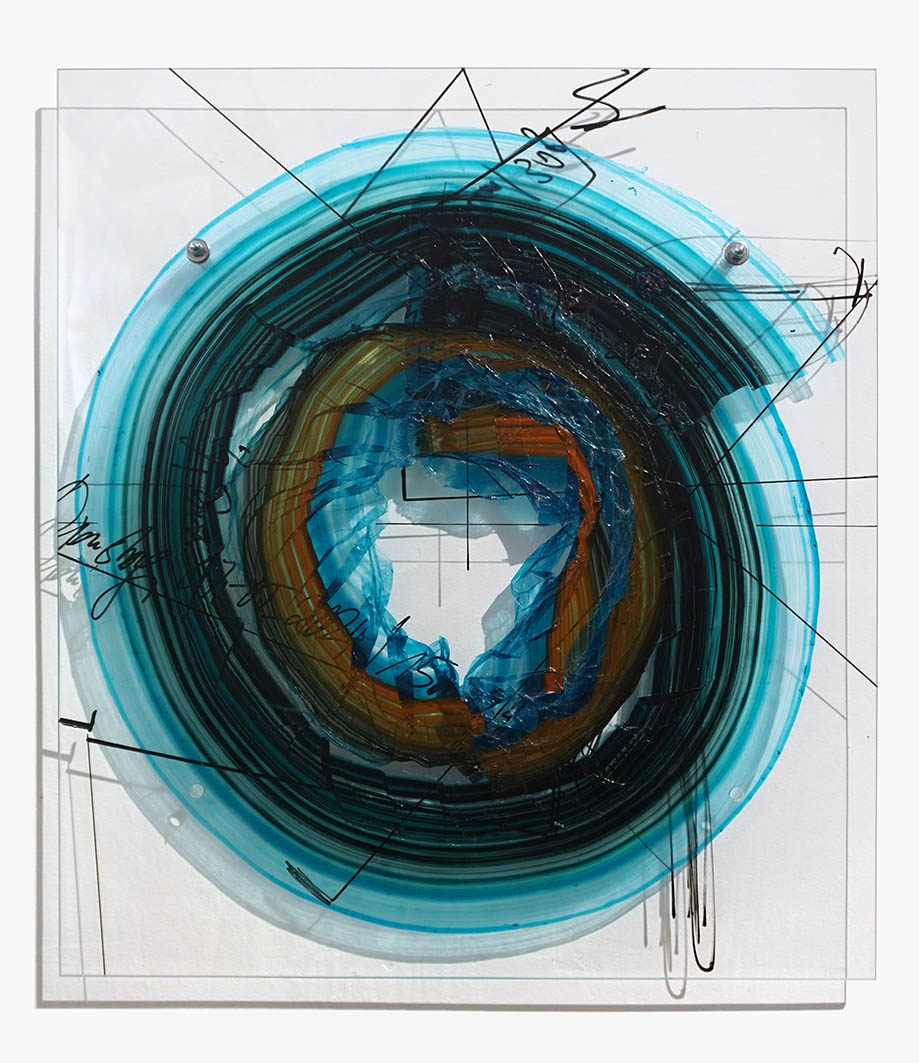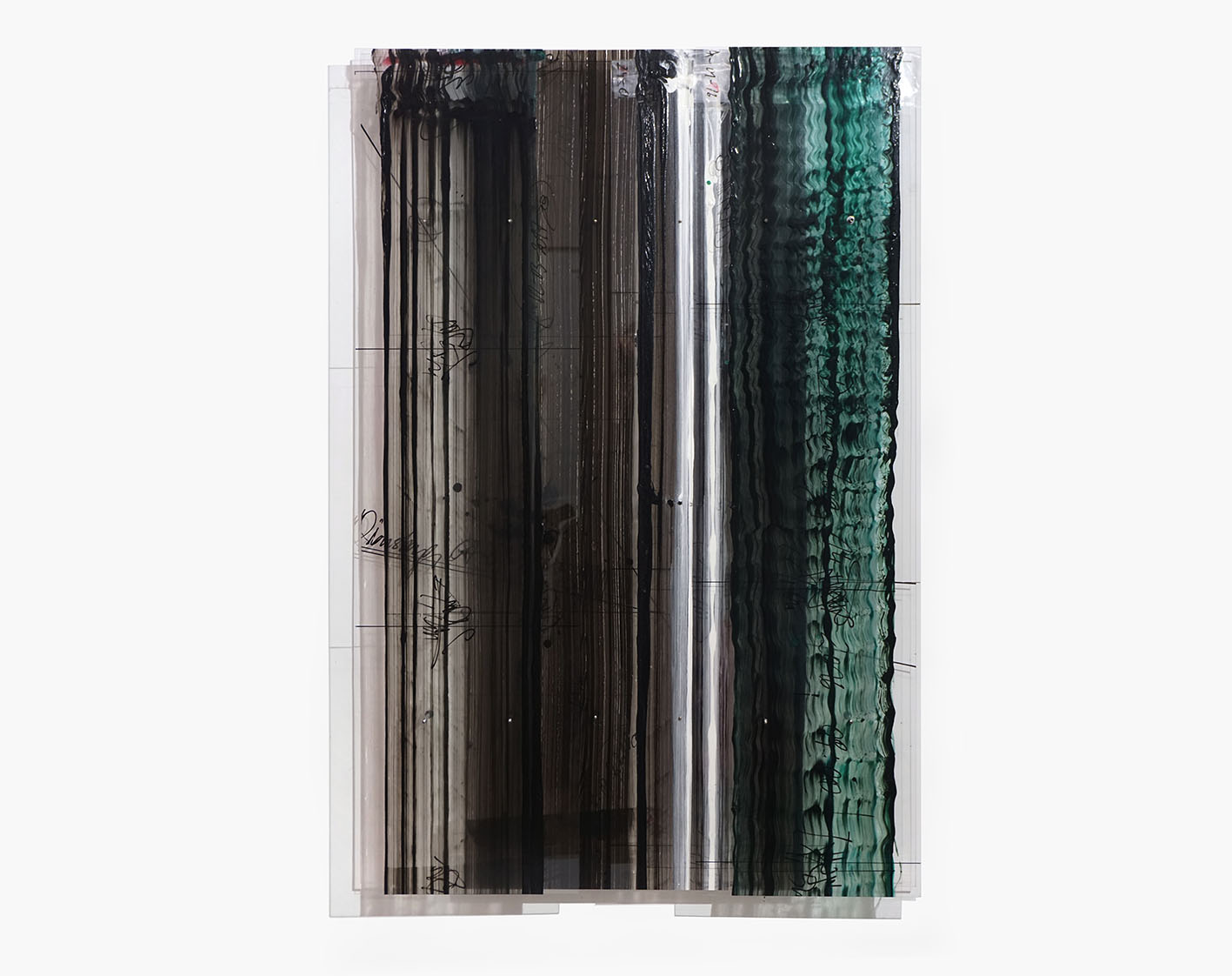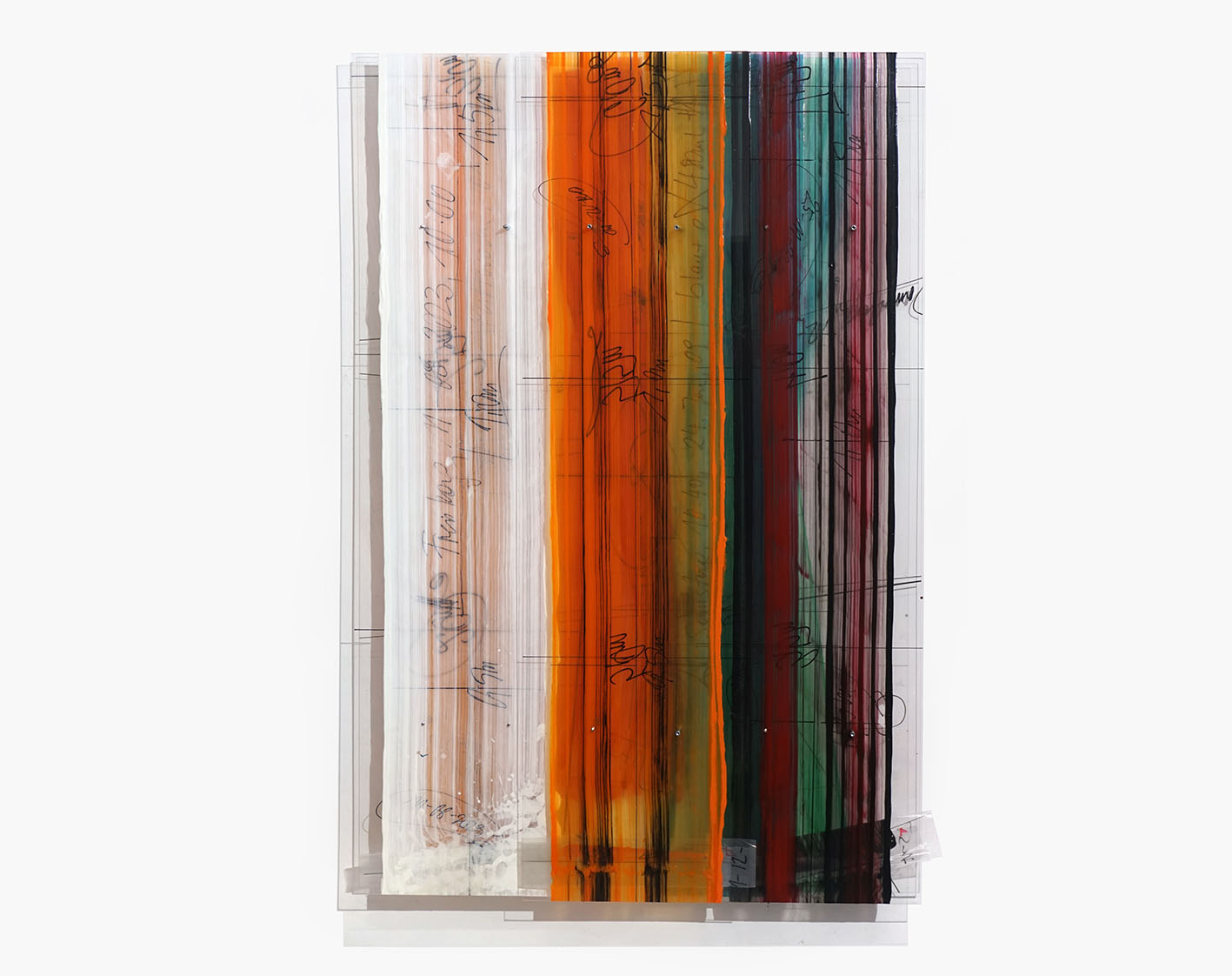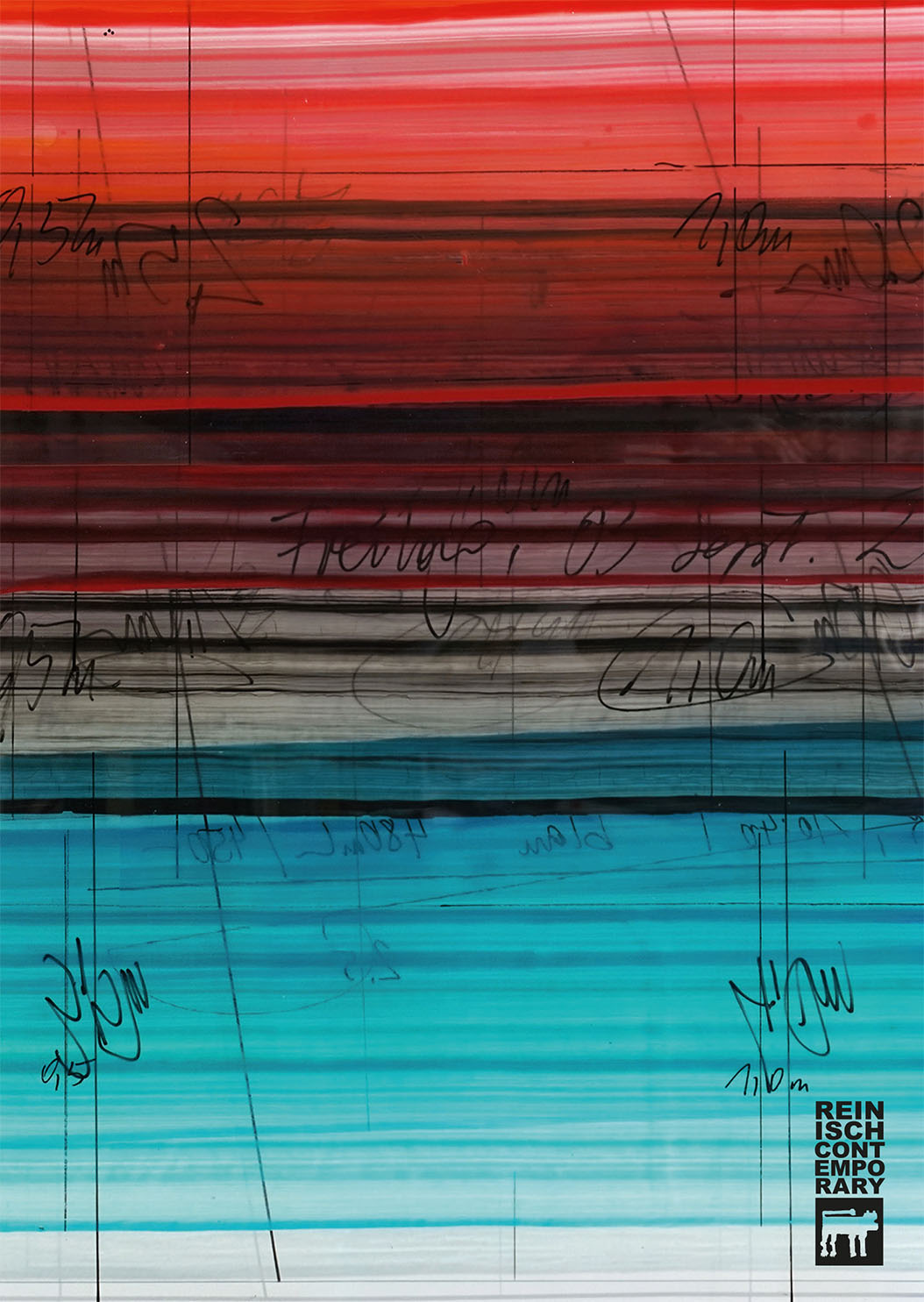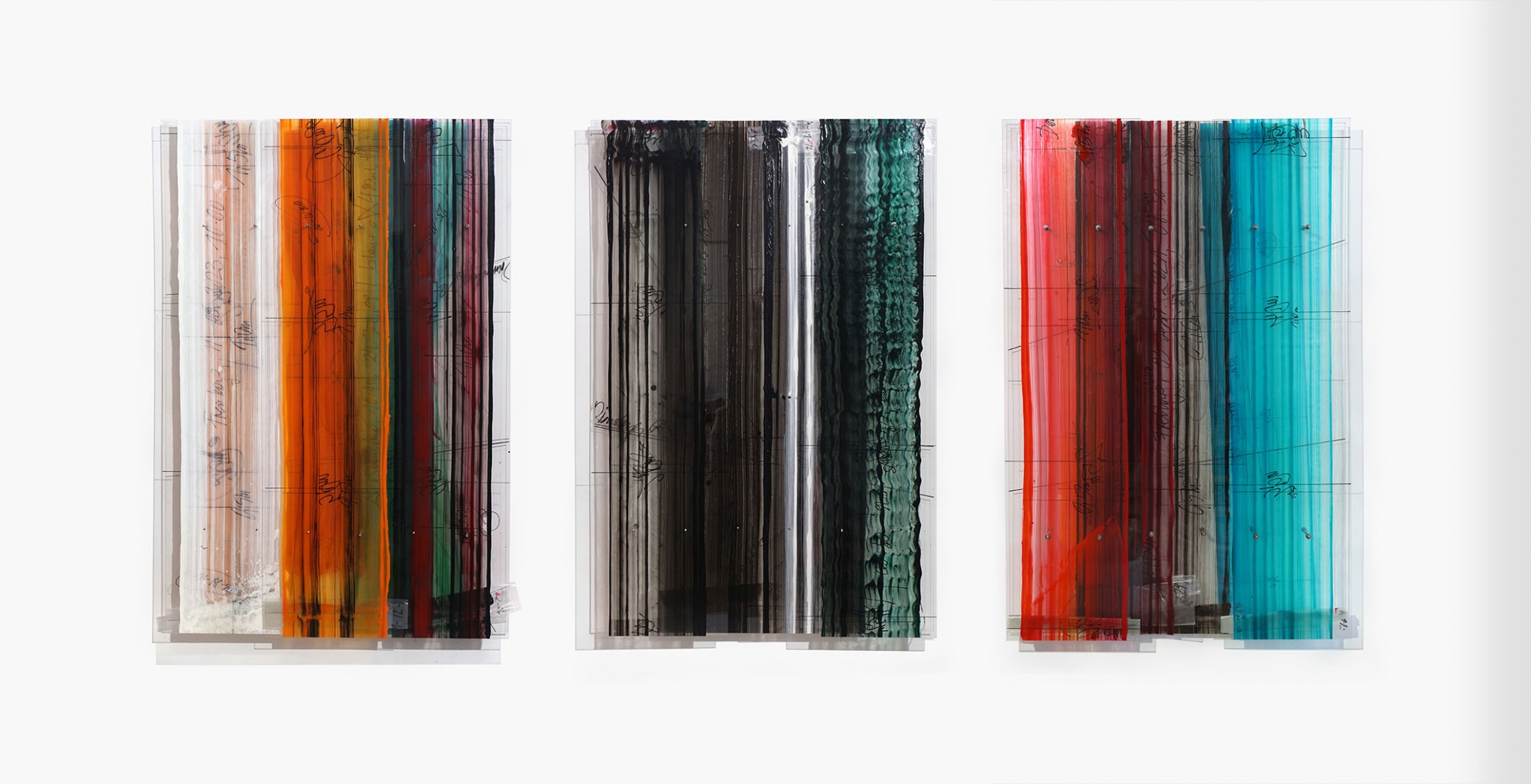BEYOND THE BORDER – Joseph Marsteurer
OPENING: Friday 16th of May, 6pm
Reinisch Gallery, Hauptplatz 6, 8010 Graz, Austria
INTRODUCTION: Günther Holler-Schuster
The artist is present.
Exhibition until 12th of June.
Painting plays a central role in the concept of modernism. What should it look like, what should it mean and how should it set itself apart from tradition? Its end is often inscribed in its development – but its declaration of death also expands the repertoire and introduces variants. Is painting immortal?
Modernism sees painting as “flatness” (Greenberg). Two-dimensionality is also the only condition that painting shares with no other artistic discipline. Since it therefore does not create illusions, does not feign three-dimensionality in the picture and is therefore not an argument for space, what possibilities does it have? In relation to painting, in addition to the question of the spatial, there is also the question of the surface. The minimum condition that a marked surface must have in order to be considered painting has also shifted in modernism. Today we know that this minimum condition can be radically suppressed before a painting ceases to be a painting.
Joseph Marsteurer seems to discuss both axioms in his work. He fulfils the minimum condition of surface design by reducing it to the brushstroke and making it autonomous. He achieves spatiality not through painterly illusion, but through physicality. The conquest of space by the paint literally takes place here in that the artist uses the brushstrokes autonomously – they thus become witnesses to open boundaries. The displaced spatiality, which is usually created by illusion, is compensated for by the three-dimensional brushstrokes.
Today we have a situation in which painting and sculpture have come dramatically closer together and the differences are often no more than a theoretical game. Colored objects standing freely in space are anchored in both discourses. It is no longer decisive whether a work of art can be strictly categorized or whether it appears indeterminate.
Joseph Marsteurer’s analytical painting goes beyond the fundamental questions of modernism. Reduction and abstraction seem to be limited methodological processes. This art has set out to constantly expand and re-discuss these boundaries and objectives.
Günther Holler-Schuster
